Between 1332 and 1334 it assumed the name of "Pievana", and as such, installed a baptismal font and also took on the role as a cemetery. Until 1848 the church did not undergo any radical changes, but in the second half of the century, it was transformed from a Gothic to a neoclassical structure following a design by Lardoni, an architect from Perugia. It was during this period that the new bell tower was added, using the square-shaped stone medieval tower nearby.
Today, inside the church we can admire valuable masterpieces of the highest quality. Entering the church, our attention is immediately captured by the altarpiece depicting the Assumption of Mary by the painter Pietro Vannucci, better known as Perugino, 1513, located above the high altar. In addition to the high altar, there are two side altars in the church. The one on the right is dedicated to the Madonna of the Rosary, where there is a statue of her, the one on the left is dedicated to the Sacred Heart, where there is also a statue of the same name located in the niche. Don't miss the beautiful Processional Banner of Plague (Gonfalone della Peste) painted by Benedetto Bonfigli for the church of Sant'Agostino which has been kept here since 1879, in which the town of Corciano is depicted at the bottom of the painting. The striking thing about this is the attention with which the artist has reproduced the ancient castle, and the fact it looks so similar to the town today.
Under the choir, to the right, is the baptismal font, and behind is a fresco with Christ's baptism painted by Don Guerriero Giappesi in 1946, inspired by Gerardo Dottori's Futurist art. On the other side is Cardinal Rotelli's funeral monument, made in 1891 by the sculptor Luchetti from Perugia.
High up above the main entrance is a pipe organ. It was made by the master organ makers Angelo and Nicola Morettini, a famous family in the trade from Perugia, which was active for more than a century. Corciano's organ was made in 1863 and cost five hundred lire.


















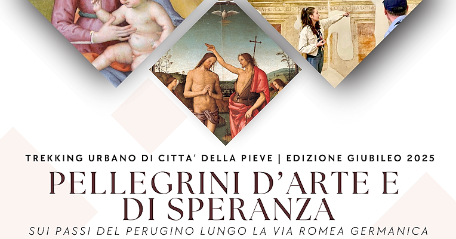
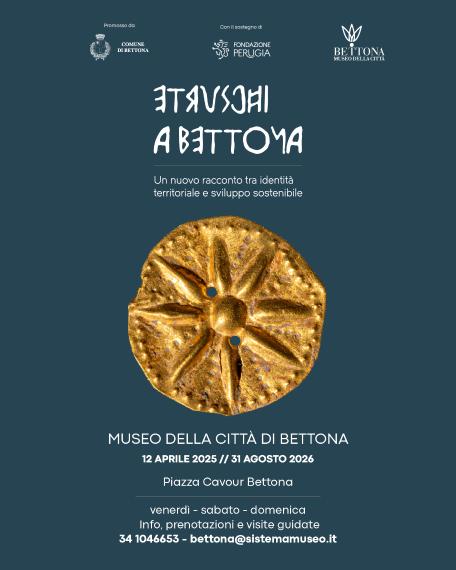
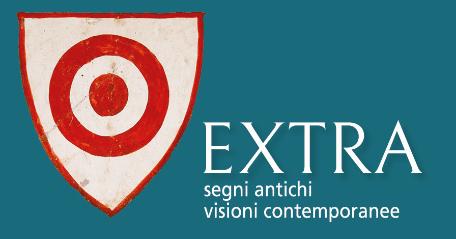

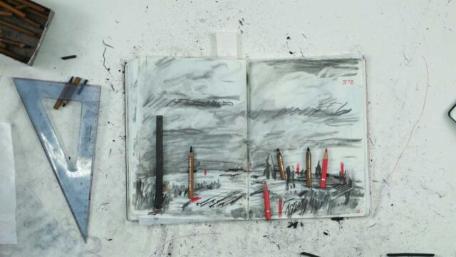

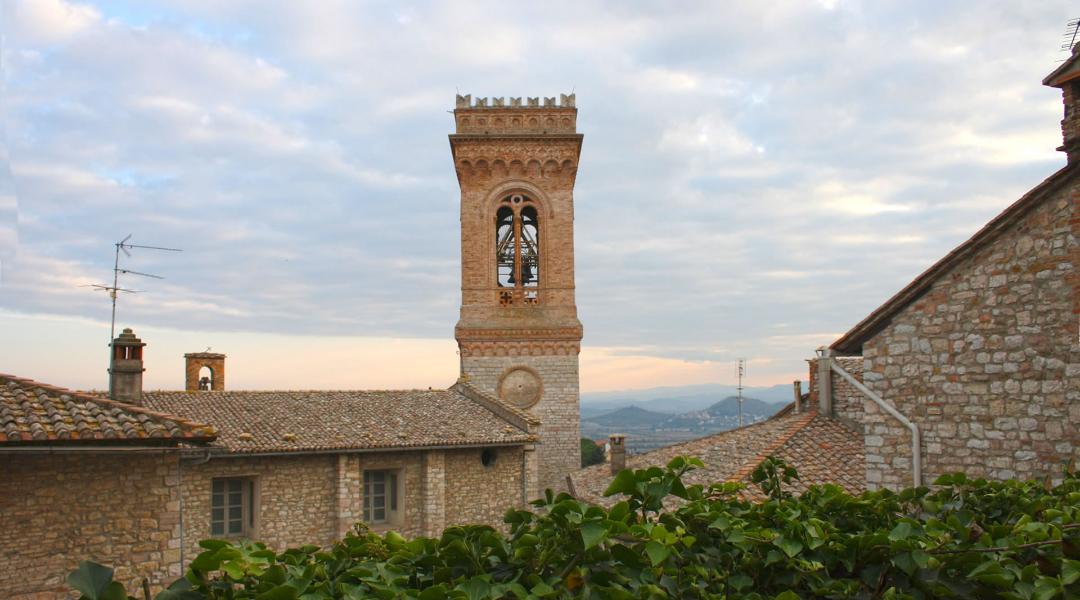
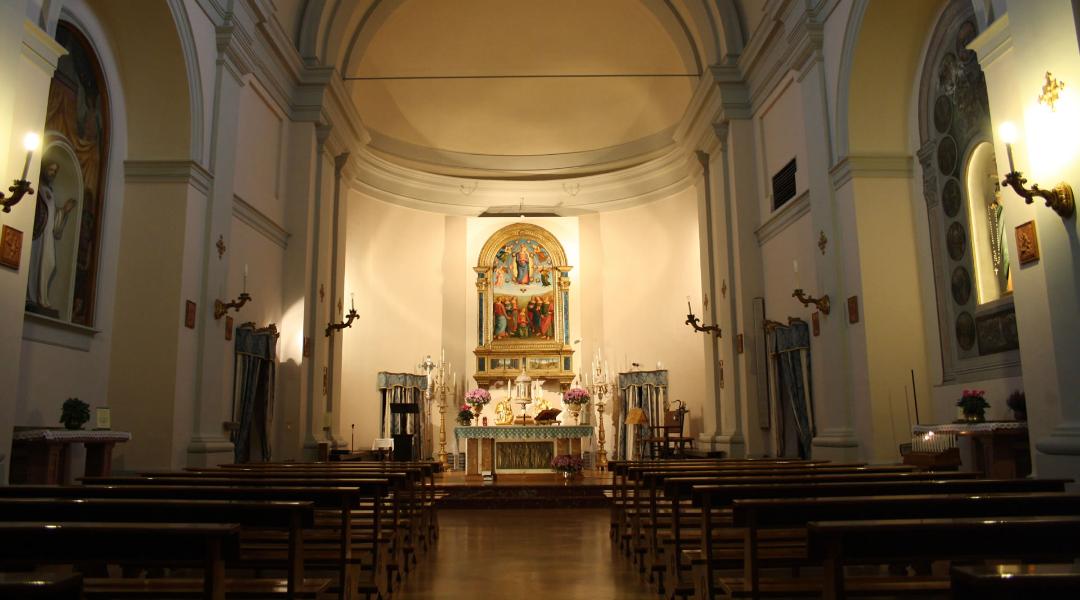
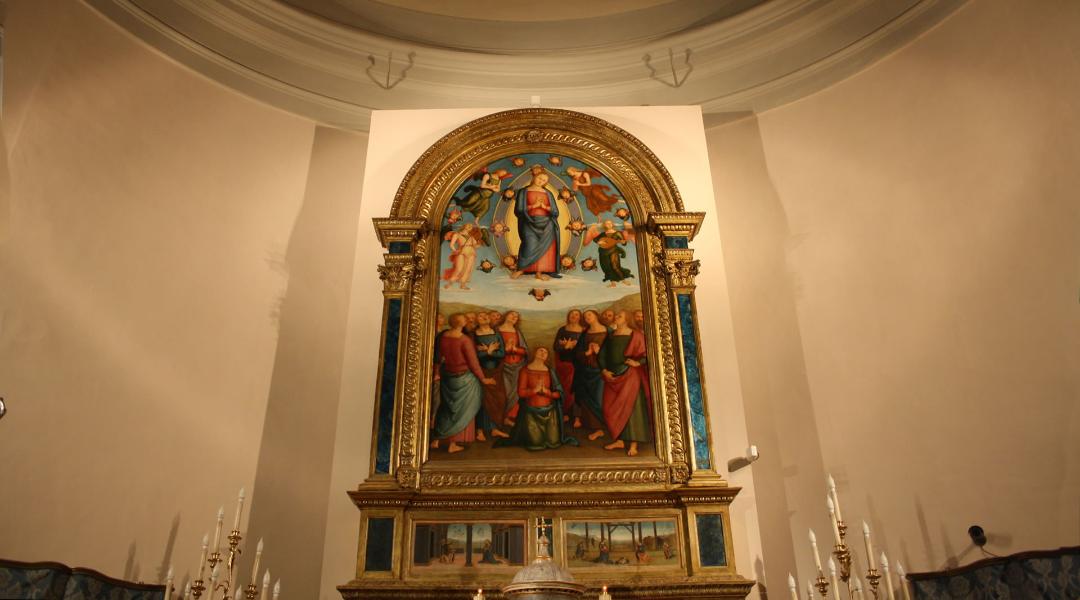

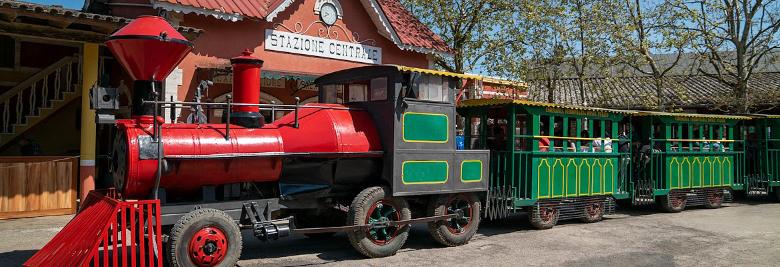
.jpg/fd974269-08be-b45b-0d85-687e1a70b126?width=780)
